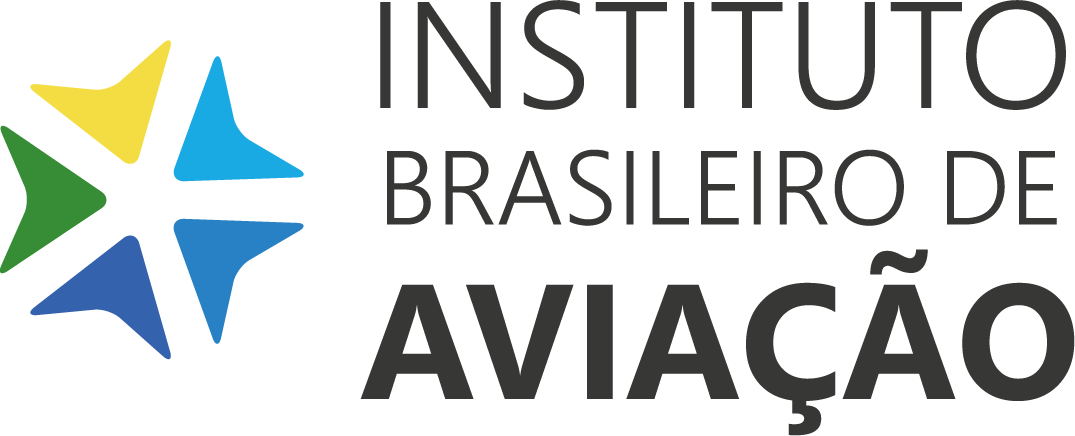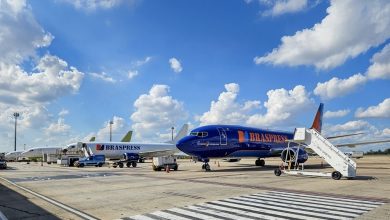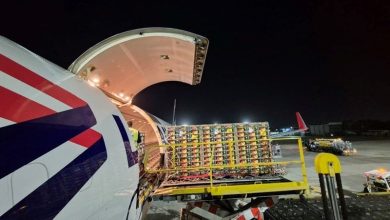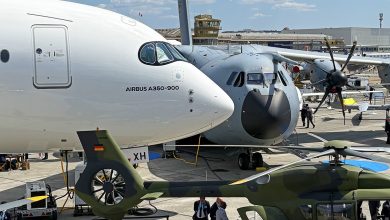Fabricante divulga números sobre sua tecnologia

A Aviation Partners, Inc. (API) e a Aviation Partners Boeing (APB) anunciaram hoje que suas exclusivas tecnologias Blended Winglet e Split Scimitar Winglet já salvaram os operadores comerciais e de jatos executivos do mundo. Estima-se 9 bilhões de galões de combustível de aviação, resultando em uma redução global correspondente de mais de 95 milhões de toneladas de emissões de CO2.
Leia na íntegra:
Aviation Partners, Inc. (API) and Aviation Partners Boeing (APB) announced today that its unique Blended Winglet and Split Scimitar Winglet technologies have now saved the world’s commercial and business jet operators an estimated 9 billion gallons of jet fuel, resulting in a corresponding global reduction of over 95 million tons of CO2 emissions.
Blended Winglets have now been installed on over 8,500 aircraft, including, in chronological order of FAA supplemental type certification, the: Gulfstream II, Boeing 737-BBJ, Boeing 737-800, Boeing 737-700, Boeing 737-300, Hawker 800, Boeing 757-200, Boeing 737-500, Boeing 737-900, Boeing 737-900ER, Boeing 767-300ER/F, Dassault Falcon 2000, Boeing 757-300, Dassault Falcon 900, and Dassault Falcon 50. Split Scimitar Winglets are now installed on over 1,100 aircraft; including, in chronological order of FAA certification, the: Boeing 737-800, Boeing 737-900ER, Boeing 737-BBJ, Boeing 737-700, and Boeing 737-900.
APB and API expect the cumulative fuel savings from their technology to exceed 10 billion gallons in September of 2019. “We look back over the past 20 years with amazement on how our idea to mitigate a trans-continental business jet fuel stop has utterly transformed the shape of global aviation,” said Joe Clark, founder and chief executive officer of API, and chairman of APB. “We are extremely proud of our position as a market leader in aviation fuel conservation and emission reduction technology and we will continue to look for ways to both further adapt our current products and develop new technologies toward ever improving the efficiency and performance of aircraft.”
Fonte: AviationPros 09/11/2018.





